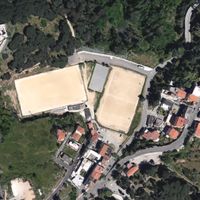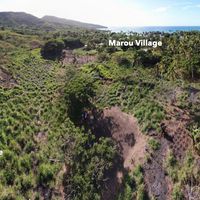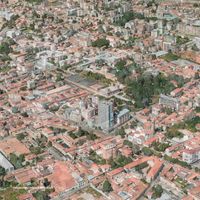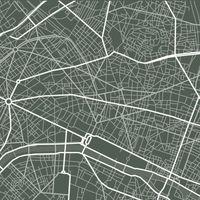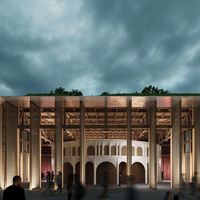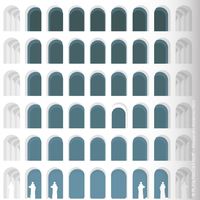January 20, 2009, Day 1 of the Obama presidency, began the current administration's commitment to transparency, participation and collaboration in government. On Day 29, February 17, President Obama signed the Recovery Act into law and launched Recovery.gov, a website publishing the spending of recovery funds in the name of transparency, offering "maps, charts, and graphics" to illustrate the distribution of funds.
IMAGINING RECOVERY calls upon designers of all types to imagine the futures these maps, charts, graphics and accounting figures serve to anticipate, and to interpret for the public the lived experience of this future by producing an image of recovery.
Recover What? The term recovery has been adopted by the Obama administration to define the current moment of economic reform in America, and by extension, much of the world. This competition asks designers to collaborate with policy makers to define and position the term “recovery” itself.
Recovery simultaneously looks backward and forward, this competition asks designers: What is it that we hope to recover? Do we aspire to recover a historical moment? Do we wish to recover our recent past? Should we attempt to recover at all, or should we only look forward?
Specifically, what is the role of innovation in recovery? In a society adverse to risk, how can design act to hedge against the risk inherent in innovation? How can design operate in an economy hyper-sensitive to supporting innovation? How can design support the "new" in the "New" New Deal?
Imagine How? Recovery promises to reform the way in which America operates, the way Americans live their lives. Though the Obama administration has taken measures toward making recovery transparent, the hundreds of pages of policy text, the endless online charts, maps, video addresses, and graphics used to illustrate the distribution of hundreds of billions of dollars is such a dense mass that it renders itself somewhat opaque to the public. They require journalists, pundits and other commentators to act as interpreters for the public.
This competition calls upon designers to act as visual interpreters to provide an experiential image of recovery for a public audience in the name of not only transparency, but also legibility and empathy.
This competition offers a means for collaborating with policy students to determine the most salient issues to address, such that the imagery may be at once imaginative and respond to reality.
The after-image of the competition - the publications and exhibitions - will open this conversation and imagery up to the general public, and provide designers an opportunity to participate in the initial imaginings of recovery.
Imagining Recovery
open international design ideas competition
- www.imaginingrecovery.com
Le date di scadenza visualizzate sono frutto di attività redazionale. Le uniche date ufficiali sono quelle contenute nel testo del bando e/o sul sito web di chi organizza o promuove il concorso. Controllarne sempre la validità presso l'Ente banditore.
pubblicato il:

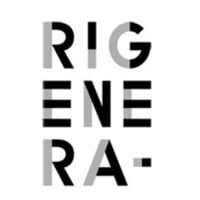
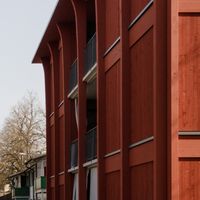
![Rebranding Termoli. Una nuova identità visiva [fresca e coinvolgente] per la città costiera del Molise](https://yimg.professionearchitetto.it/img/newsimg/32461.jpg)
